Joel Schechter
By Joel Schechter
-

Culture The Most Beautiful Haggadah in the Room
Tens of thousands of copies of “The Szyk Haggadah” have been read at Passover Seders around the world; but the original pages of the book, hand-lettered and hand-painted in the 1930s, have not been shown in public for 60 years. Now all 48 watercolors and gouaches created by a brilliant Polish-born illustrator can be seen…
-

Culture From Siberia To the Lower East Side
Rewriting Russia: Jacob Gordin’s Yiddish Drama By Barbara Henry University of Washington Press, 276 pages, $35 Barbara Henry’s new book recounts a telling anecdote about the opening of Jacob Gordin’s first Yiddish play, in 1891. As the play progressed, the New York audience became restless; it wanted more songs and diversion than it received from…
-

The Schmooze An Actor Who Broke a Leg — or Two
From the Shtetl to the Stage: The Odyssey of a Wandering Actor By Alexander Granach, with a new introduction by Herbert S. Lewis Transaction Publishers, 304 pages, $29.95 Actor Alexander Granach performed in Yiddish as a member of Berlin’s Jacob Gordin Theatrical Society early in the past century. He went from his shtetl in Galicia…
-

Culture Camille Pissarro’s Full Life on Display
Renowned as an Impressionist painter of landscapes, less widely known as a Jew and an anarchist, Camille Pissarro (1830 –1903) made his debut as a figure painter in 1882. Almost 140 years later, his splendid portraits of French peasants, outdoor market crowds, domestic servants and his own family can be seen at San Francisco’s Legion…
-

Culture Picasso’s Muse and Warhol’s, Too
Before Gertrude Stein distinguished herself as an expatriate American writer and patron of artists in Paris, she spent some of her childhood in California, where San Francisco’s Contemporary Jewish Museum is now paying tribute to her. “Seeing Gertrude Stein: Five Stories,” an exhibition of photographs, paintings and sculptures, focuses on Stein’s personal life — her…
-

The Schmooze Murdered at Auschwitz, Charlotte Salomon Survives Through Her Art
Three hundred of Charlotte Salomon’s beautiful expressionist paintings illustrating a young German Jewish women’s self-discovery can be seen at San Francisco’s Contemporary Jewish Museum until July 31. The same week that the San Francisco exhibit opened, an enormous comic book convention nearby attracted thousands of young readers searching for their latest superhero (Green Lantern this…
-

The Schmooze Slideshow: The Pen That Satirized the Sword
To see the splendid new exhibit of caricatures and miniature drawings by Polish-born Jewish illustrator Arthur Szyk (1894-1951), on view until March 27 at San Francisco’s Legion of Honor, you first have to walk through several galleries of religious paintings devoted to Christian saints, Madonnas with child, and Christ on the cross. Szyk’s pictures also…
-

The Schmooze Bernard Zakheim’s Murals for Justice
Was Bernard Zakheim the Jewish Diego Rivera? A new exhibit, “Zakheim: The Art of Prophetic Justice,” at San Francisco’s Jazz Heritage Center and the adjacent Lush Life Gallery until December 30, celebrates the life and painting of Bernard Zakheim (1896-1985). Through panels that recount the artist’s achievements and a display of his paintings, the San…
Most Popular
- 1
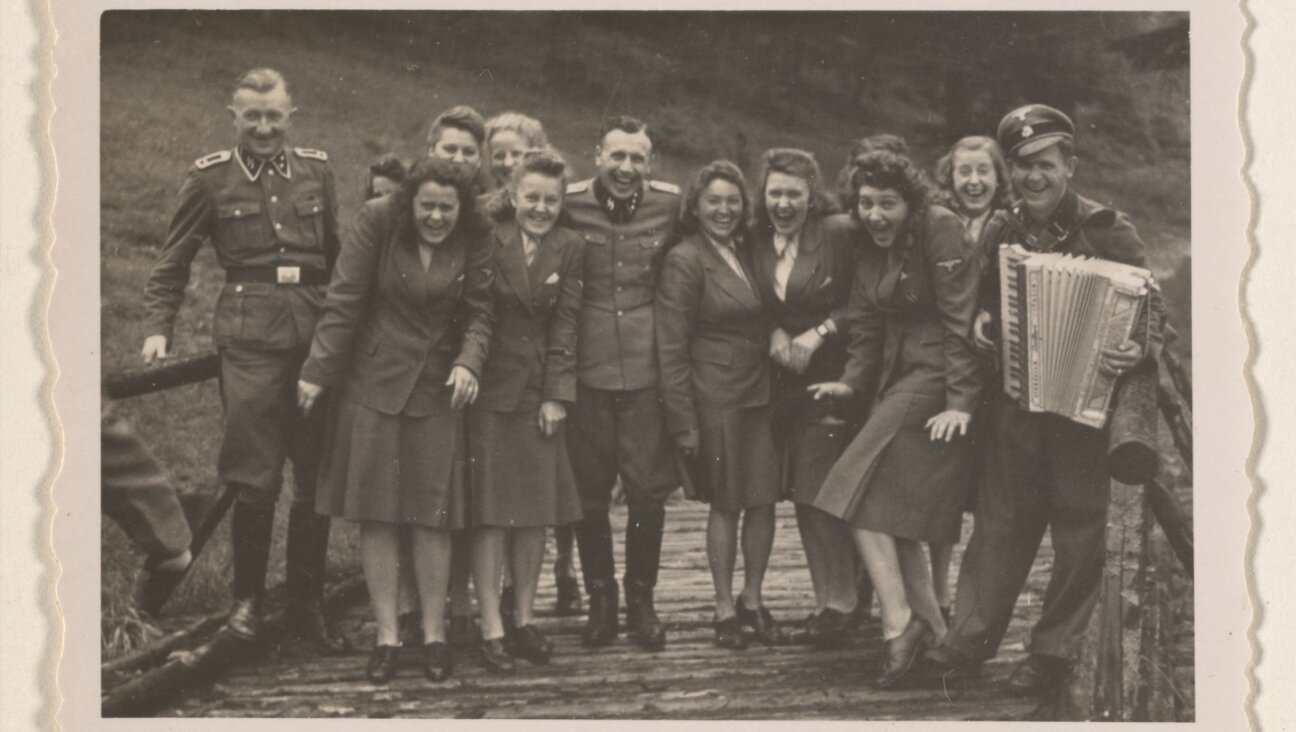
Theater Hidden in this picture, the murder of 1.1 million Jews
- 2
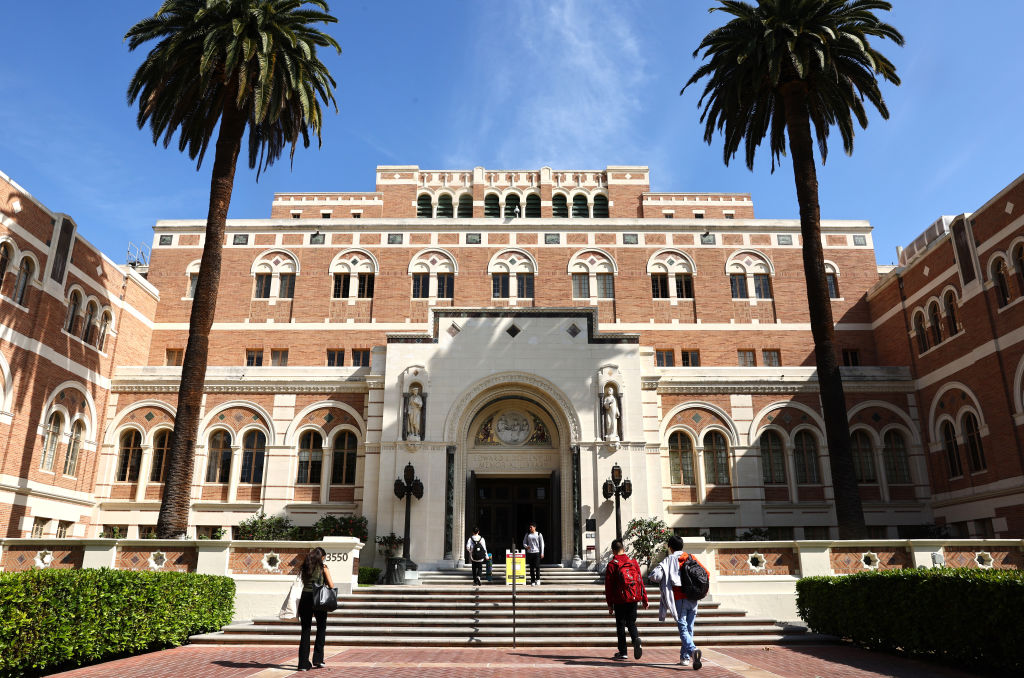
Opinion USC: Don’t blame Jews for canceling your valedictorian
- 3
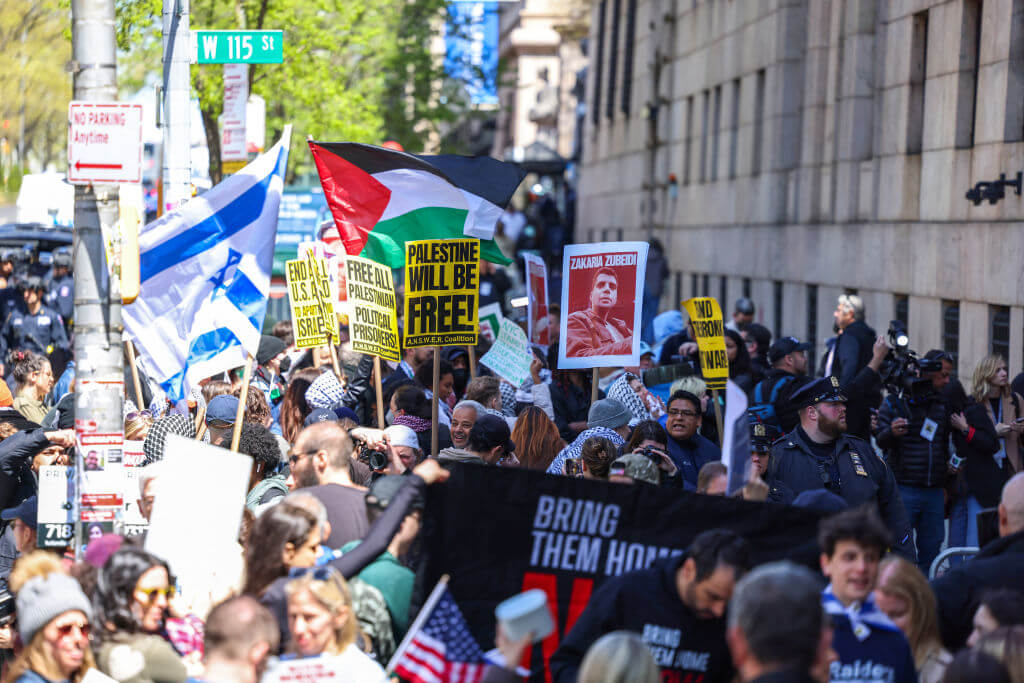
Fast Forward Major Jewish funder steps back as Columbia University rocked by anti-Israel protests
- 4

Opinion ‘Egregious’: A legal perspective on Columbia University’s mass arrests
In Case You Missed It
-

Opinion Protesters at Columbia are fighting for our deepest values as Jews
-
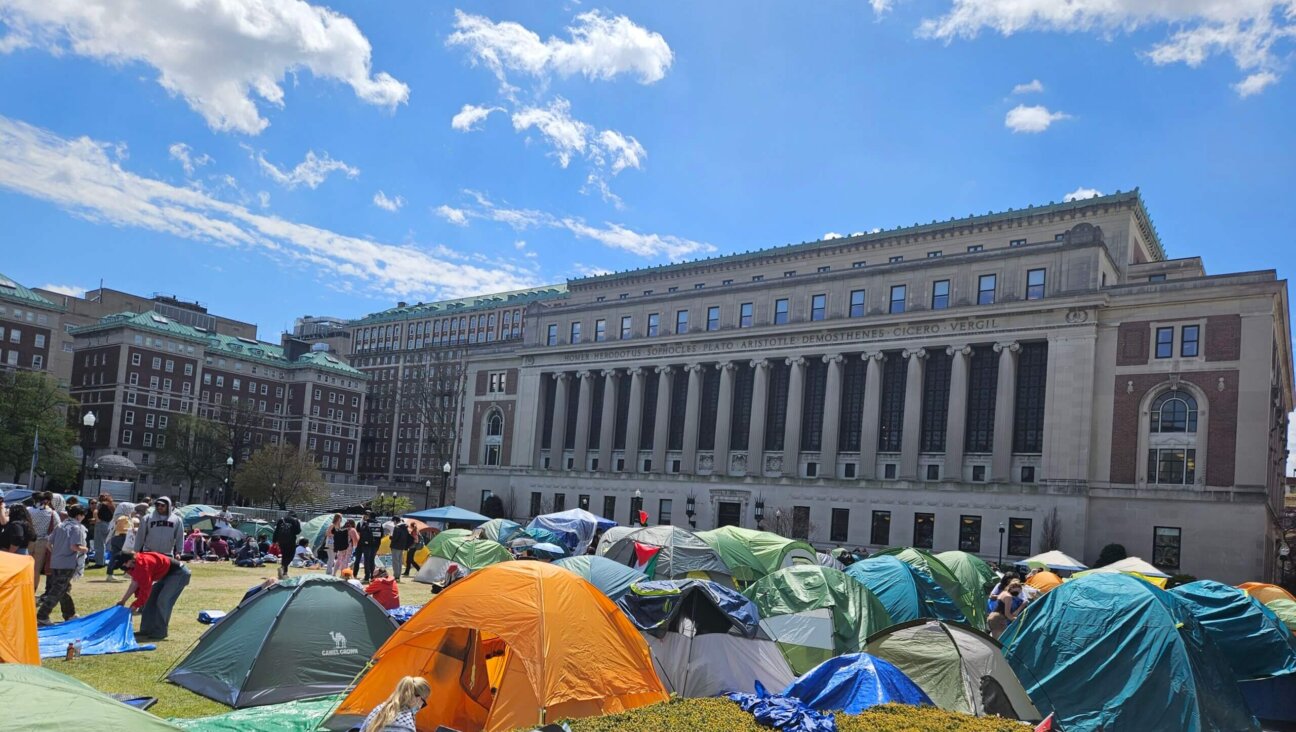
News The great tent conspiracy theory: Are ‘outside agitators’ supplying protesters’ tents?
-
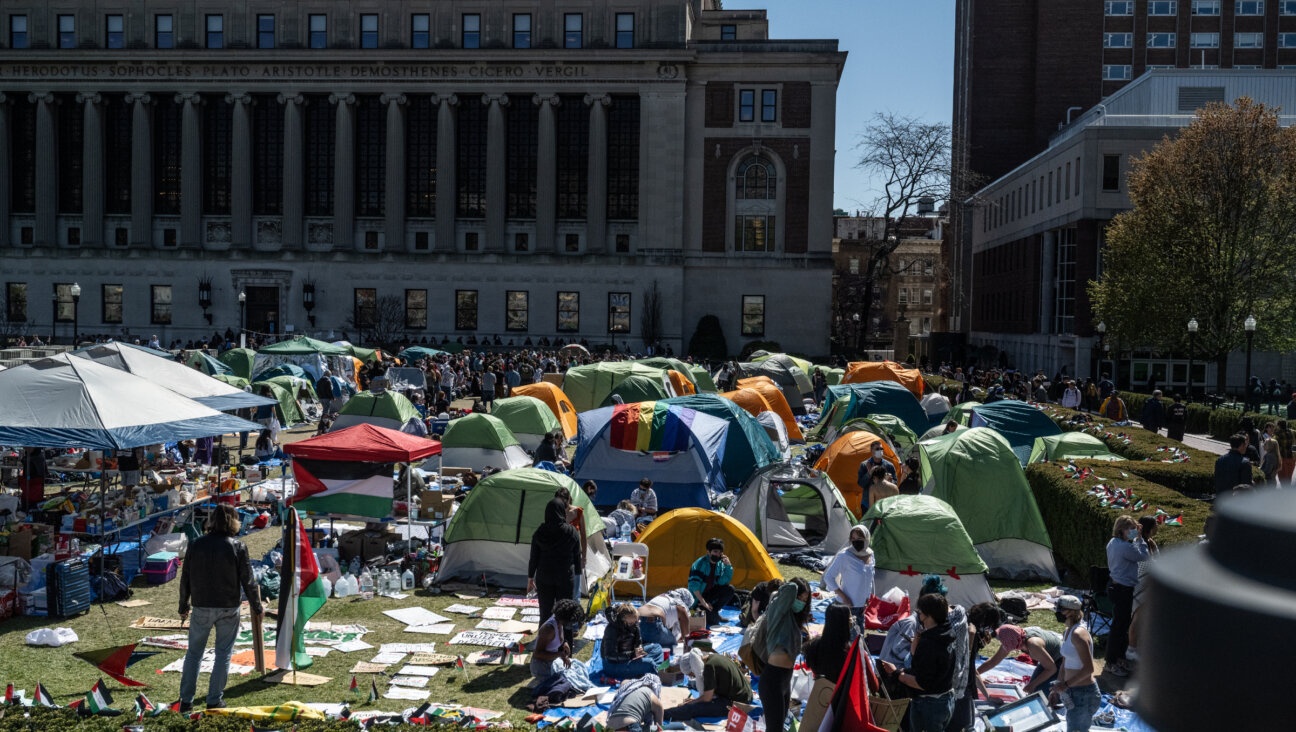
Fast Forward Netanyahu decries ‘antisemitic mobs’ at Columbia as university negotiates with student protesters
-
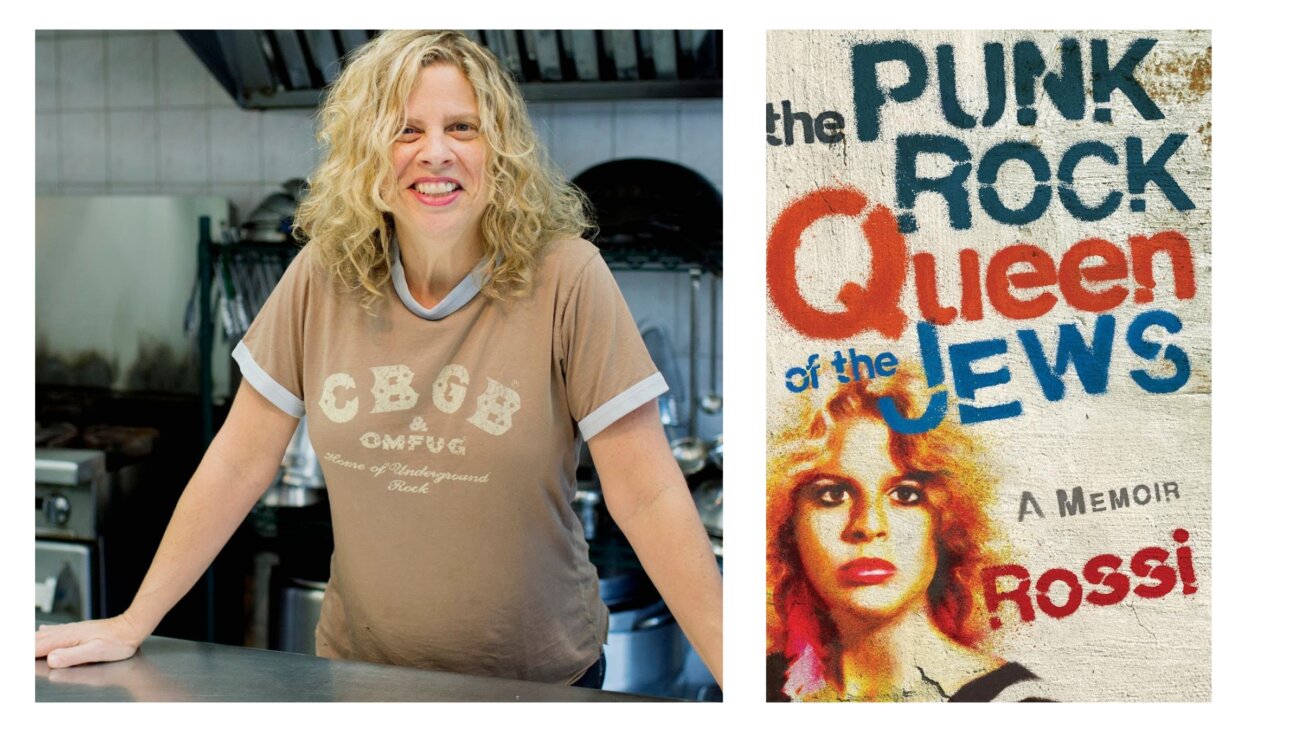
Culture How a ‘lowly Orthodox,’ punk rock lesbian ended up in Hasidic Crown Heights








